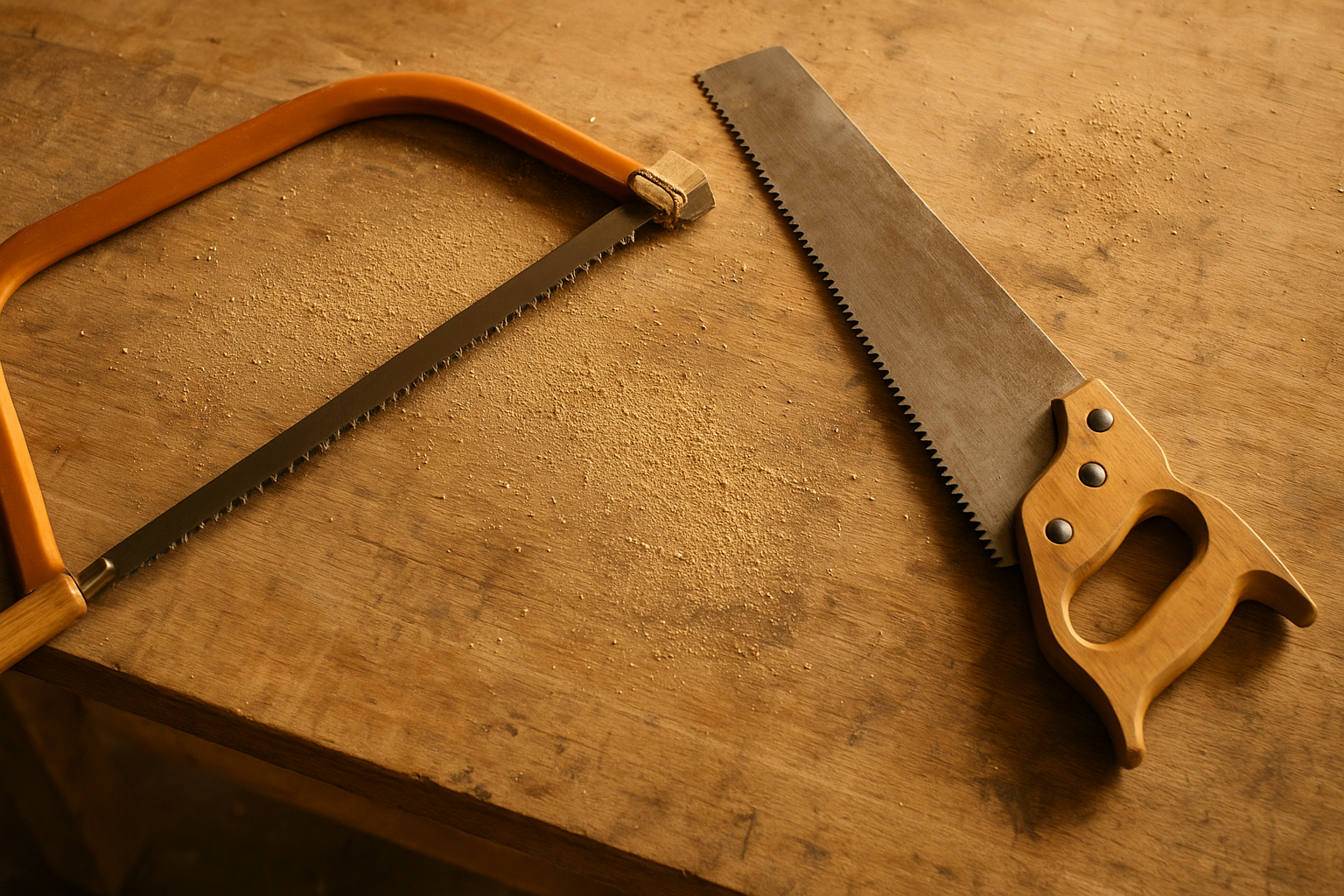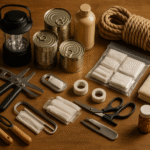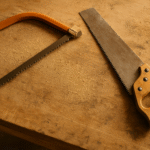Every craftsman eventually faces the same question — when should you reach for a bow saw and when is a hand saw the better choice? At first glance, both tools seem similar: manually powered, designed for cutting wood, and built for control rather than speed. But their shapes, tension, and intended use make them very different instruments in practice. Understanding those differences can make your work cleaner, faster, and more precise.
A bow saw gets its name from its distinctive steel frame shaped like an archer’s bow. The thin blade is held in tension between the frame ends, allowing for long, aggressive strokes ideal for rough cutting. Its design shines outdoors — trimming branches, cutting logs, or preparing firewood. The tensioned blade resists flexing, which helps keep cuts straight even through dense or damp wood. Because of its efficient tooth pattern, a bow saw can remove large amounts of material quickly, making it a favorite for general yard work or outdoor construction.
A hand saw, by contrast, is a solid, single-piece tool — no frame, no tensioning. Its wide blade and fine-toothed design make it perfect for controlled, detailed cuts, especially in carpentry or furniture making. It’s best for precise tasks where clean edges matter more than speed. While a bow saw might chew through logs in seconds, a hand saw excels at measured joinery and shaping. It’s the tool for cutting boards to length, trimming edges, and maintaining craftsmanship in the details.
Choosing between them depends on where and what you’re cutting. For open, rough work, the bow saw’s power wins. For indoor woodworking or finish cuts, the hand saw’s precision can’t be beaten. As discussed in Carcass Saw vs Tenon Saw: Understanding the Difference Between Two Precision Tools, every saw’s design reveals its purpose — and mastery comes from knowing which to use, not just how to use it.
Maintenance also plays a big role in performance. A bow saw’s tension must remain even across the frame, and its blade should stay sharp and rust-free to maintain straight cuts. For hand saws, sharpening teeth regularly and keeping the handle secure ensures smooth motion without binding. As noted in Five Tool Maintenance Habits Every Maker Should Know in 2025, tool longevity is directly tied to consistency in care — a principle that never goes out of style.
In a world where power tools often dominate, manual saws like these still hold their place. They offer control, feedback, and a connection to the craft that electric motors can’t replicate. Whether you’re clearing space outdoors or shaping timber in your workshop, understanding the strengths of both tools keeps your work efficient and your craftsmanship sharp.









